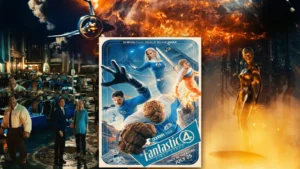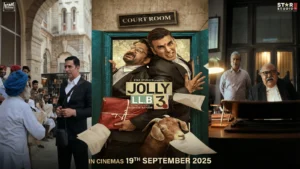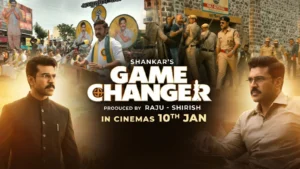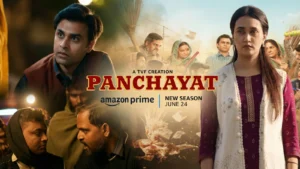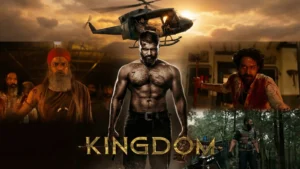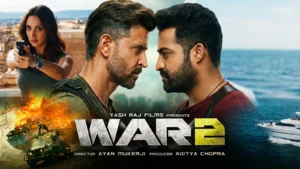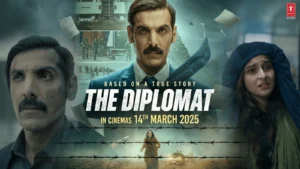Indian Cinema has no shortage of legendary heroes. Just looking at the names Rajinikanth, Nagarjuna, Upendra, and Aamir Khan together makes it seem like we’re gathering our own version of the Cinematic Avengers of Indian cinema. That’s what Coolie: The Power House aims to achieve – bring together the greatest legends from every single big film industry in India under one massive fire crackling tent.
I’ve watched Coolie, and I’ve reflected upon it. Now I’m going to tell you how I truly feel. Before I get into details about the film, I’ll admit something to you – in this almost three hour ride, there was one specific shot where I blurted out “Bro, what did they just do?”. Three superstars – lighting a beedi from the same fire.
A beedi, not a cigar, not a cigarette – a beedi. Come on! That can’t be anything else than the ultimate iconic mass cinema energy!
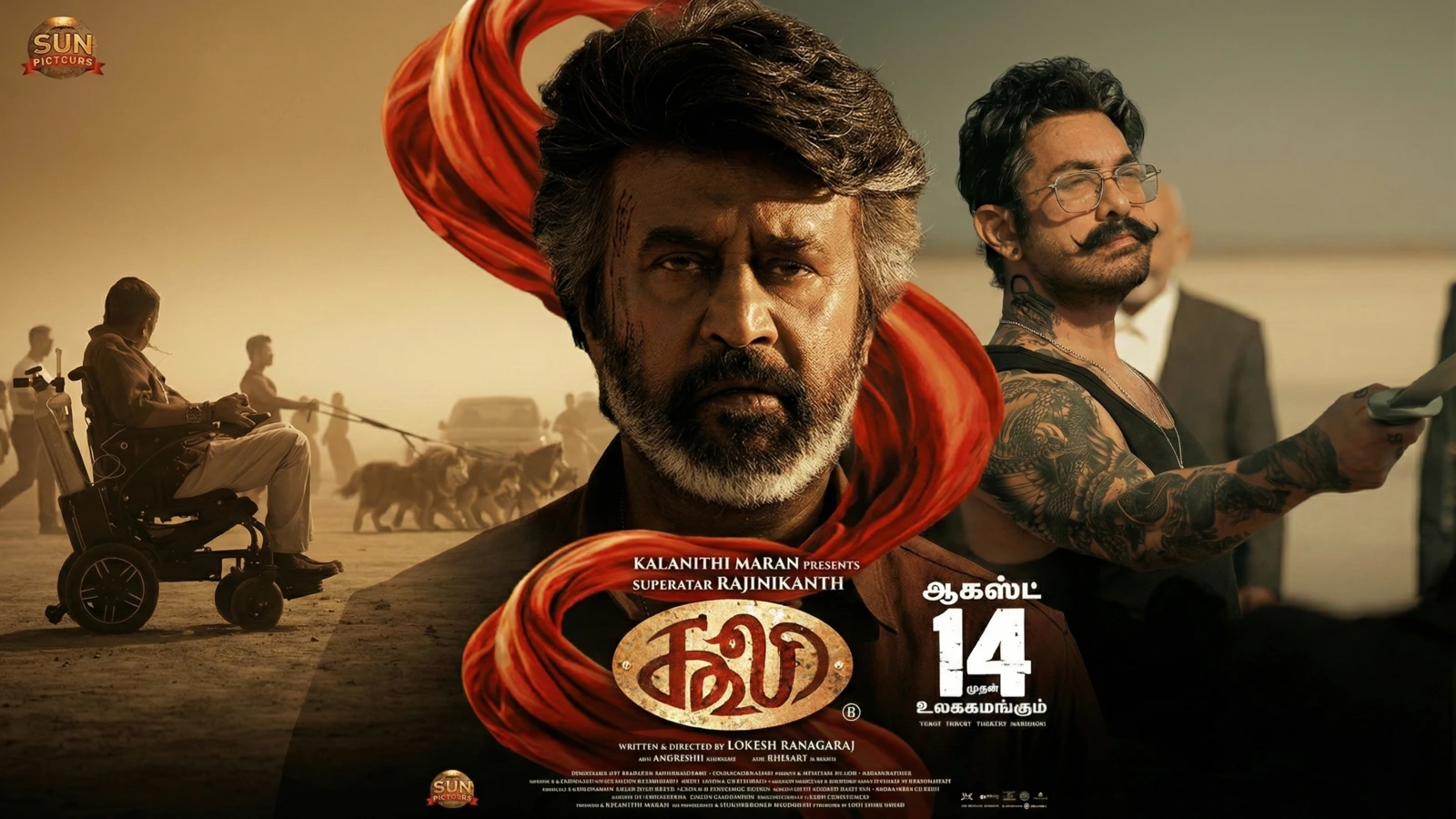
Setting the Stage
Since it clashed with War 2, I ended up viewing Coolie as my second movie of the day. By then, I’d read early reviews from other viewers that floated around online – most of which suggested Coolie may not be as “cool” as its title indicated. However, after watching Coolie and thinking over it awhile longer, I now think I know why some people didn’t appreciate it.
That’s the subject of my first section – expectations.
If you go into this film expecting a massy Rajinikanth entertainer that features slow motion swagger and punch dialogues every thirty seconds – wait. This isn’t that kind of movie. While Coolie does contain some mass scenes, its core lies within storytelling. it is more of a cinematic puzzle wrapped in nostalgia and aura.
The LCU Confusion
Next, I’ll address the biggest rumor surrounding Coolie – whether or not Coolie is a part of the Lokesh Cinematic Universe (LCU)?
The director has teased the audience with interconnected films such as Kaithi, Vikram, and Leo for years. Therefore, it was only natural that people would assume Coolie was the next piece in that puzzle. Even I assumed Coolie was a part of the LCU. Fans wouldn’t believe otherwise – “he’s lying!” became the anthem.
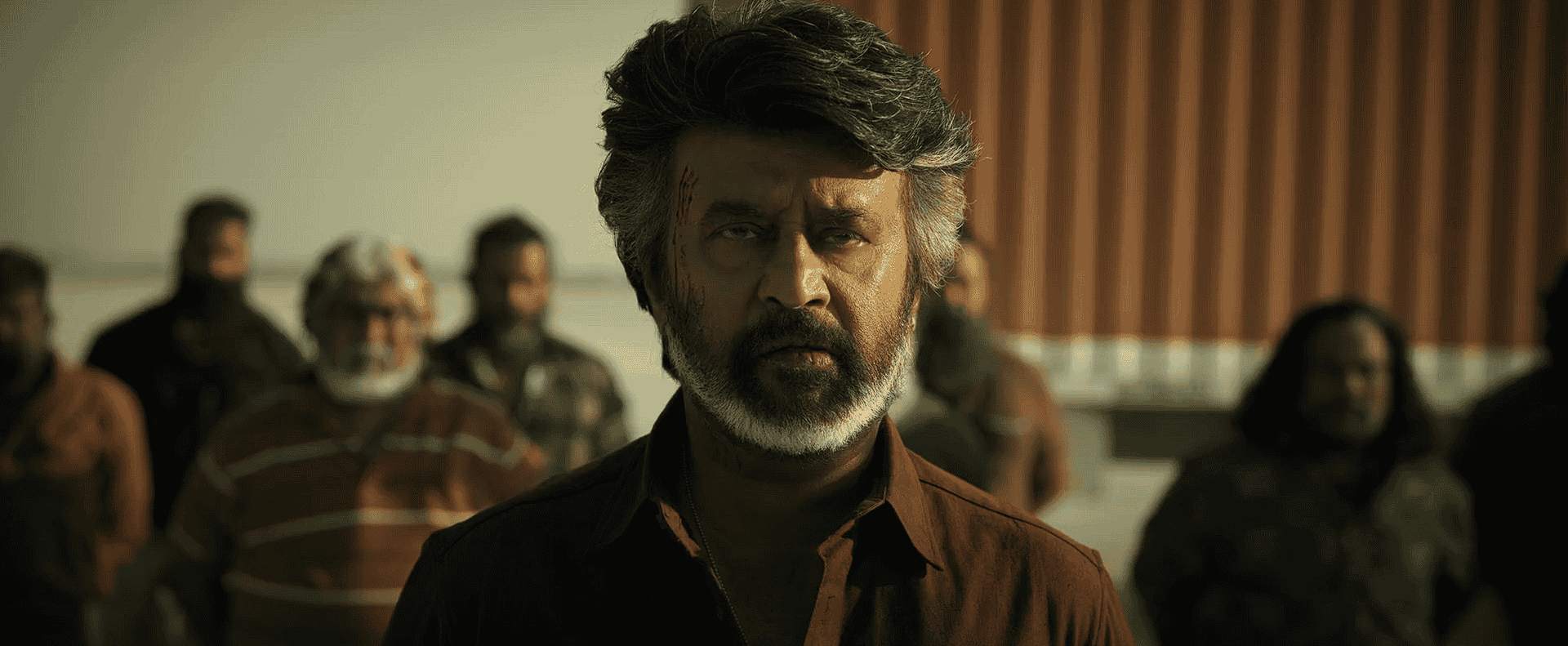
Just one day prior to release, the director finally cleared the air with a written statement: “This is a stand-alone movie.”
With that single statement, all of the assumptions disappeared, and expectations dropped – that’s probably why I wasn’t disappointed. I went into the film expecting an independent story – not a multiverse.
The True “Pan-India” Experience
“Pan-India” is a term that has been tossed around carelessly these days. But Coolie truly is Pan-India. It’s not just about the size or the budget – it’s about representation.
- From Hindi cinema: Aamir Khan
- From Telugu cinema: Nagarjuna
- From Kannada cinema: Upendra
- From Tamil cinema: Rajinikanth himself
- From Malayalam cinema: a lesser-known actor, but one who steals scenes with his Monica-Monica dance that went viral online
Bringing these stars together itself feels like an achievement – like getting all the Avengers to share one screen, but in Indian cinematic form.
However, some fans felt let down because Aamir Khan and Upendra don’t have as much screen time as expected. But honestly, when you have so many titans together, someone’s role was bound to be shorter. Still, every appearance adds weight and style to the narrative.
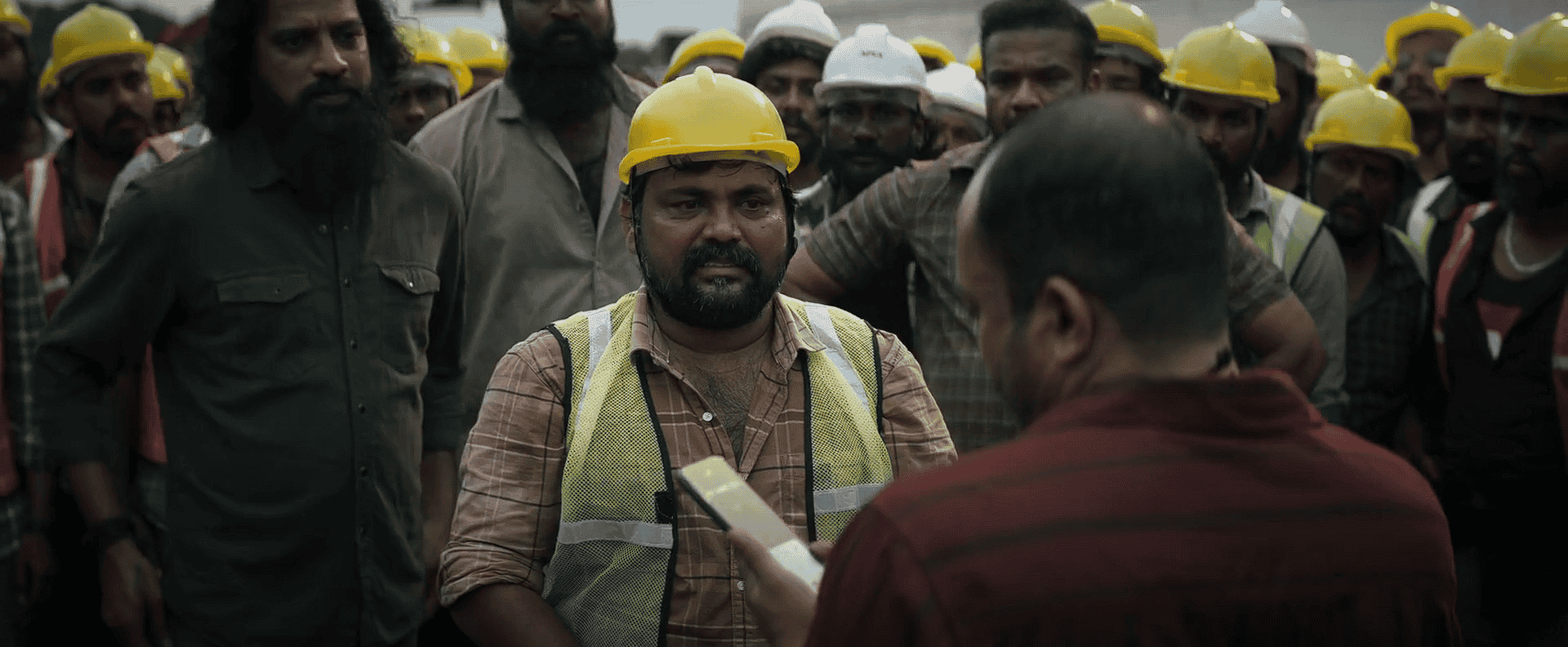
The Hype vs. The Reality
When the posters for Coolie came out – those black and white designs with gold accents, each featuring one of the superstars – fans went wild. “What is Lokesh making this time?” became the burning question.
The imagination of “what is he making” pushed people’s expectations sky-high. But here’s the truth – Coolie is a Lokesh Kanagaraj movie through and through.
And if you’ve seen Vikram, you’ll instantly feel the similarities. Not in a copy-paste way, but in rhythm, tone, and structure. Both have:
- A mysterious death
- An ongoing investigation
- A wise, aged central character with layers
- A criminal organization pulling the strings
- Twists that keep unfolding until the very end
By the time Coolie ends, it’s clear that it’s not your popcorn-flick type of movie. It’s not about mindless action – it’s about the story, the mind games, and the reveal.
The Story (Without Spoilers)
Rajinikanth plays a former coolie – yes, an actual coolie from decades ago. The flashback sequences are so authentic that you’d almost believe they were taken from an older Rajini film.
In the present, he learns that his old friend has passed away, leaving behind three daughters – the eldest played by Shruti Haasan. But soon, Rajinikanth’s character realizes his friend’s death wasn’t natural – it was murder.
From there begins the hunt – not just for the killer, but for the truth behind an entire criminal network. There’s a gang, a hierarchy, and multiple betrayals. As Rajinikanth digs deeper, each revelation introduces new motives and new faces.
The film slowly transforms from a simple revenge drama into a layered crime thriller.
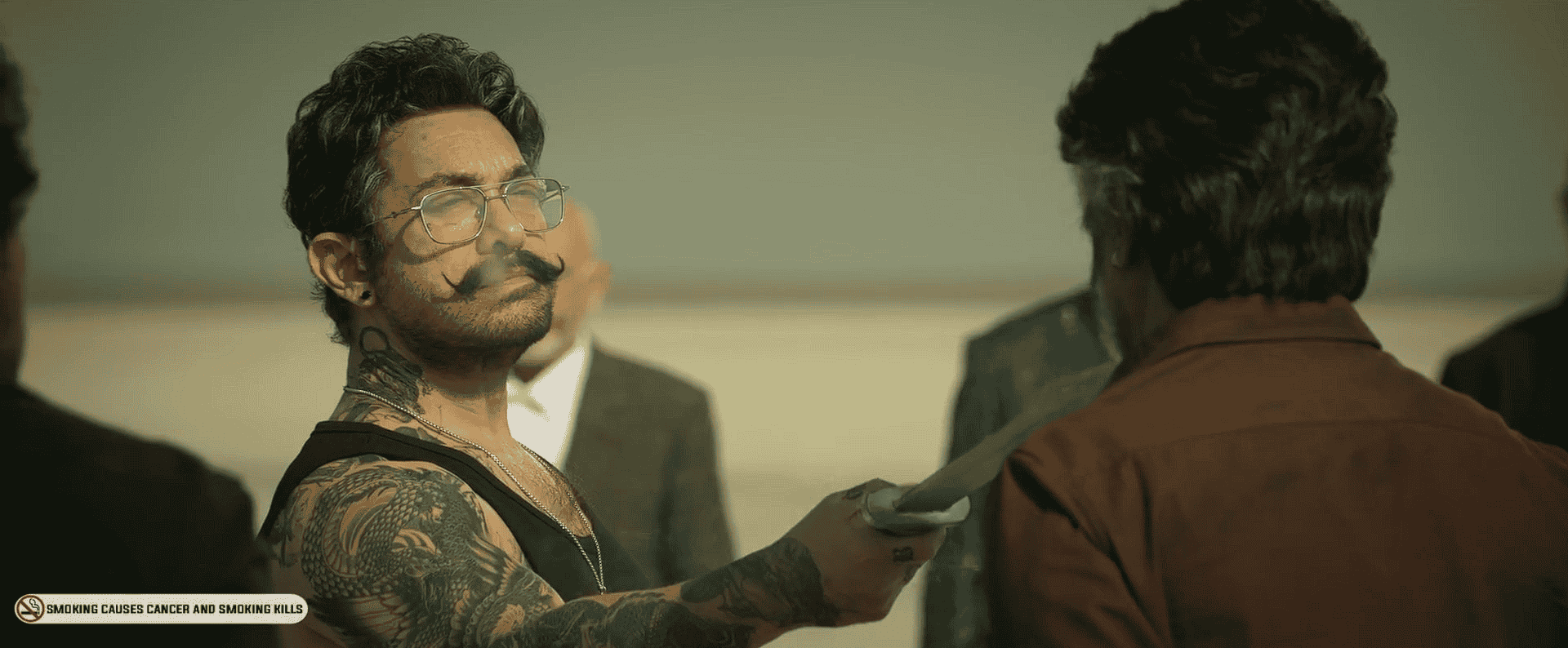
And that’s what I liked – it respects the audience’s intelligence. You can’t just switch off your brain and enjoy this one. You need to think, observe, and connect.
Mass Moments & Aura Farming
Now, don’t get me wrong – even though Coolie is brainy, it still delivers those classic “mass” moments that make you want to whistle.
Rajinikanth’s entry scenes are pure fireworks – his aura fills the frame like nobody else. Cameos pop up at the right times, and when all the big names appear together – goosebumps!
But what truly holds this aura from becoming over-the-top “lora” (as I call it) is Anirudh’s music.
Man, Anirudh did it again. The soundtrack pumps adrenaline through every frame – those drum beats, the electric bass, the sudden silence before a drop – all perfectly timed. You hear that “dhun dhun dhun dhu dhun dhun” rhythm, and you just know it’s Anirudh magic.
The background score adds class to the mass – balancing energy with emotion.
Cinematography & Direction
Visually, Coolie is stunning. The cinematography shines with extreme close-ups, dark lighting, and gorgeous composition. The “insert shots” – those tiny visual details between scenes – are beautifully crafted.
Each frame has purpose and style. The director clearly knows how to make every character look cool, even in silence.
However, sometimes the film stretches scenes a bit too long – in an attempt to build aura. It’s what today’s generation calls “aura farming.” Every actor – from Rajinikanth to Aamir Khan – is given their moment to radiate charisma, even if it slightly slows the pacing.

Still, the direction ensures that no performance feels wasted.
The Performances
Rajinikanth carries this film with ease and grace. You can tell he’s aged, but instead of hiding it, the movie celebrates it. The action choreography and editing cleverly mask his limitations, allowing his natural energy to shine.
Aamir Khan brings emotional weight and gravitas to his short but impactful role. Nagarjuna and Upendra embody authority and intensity, though their arcs could’ve been longer. Shruti Haasan, as the emotional core, delivers a solid performance – balancing vulnerability and strength.
Every cameo feels meaningful, not forced – something many ensemble films fail to achieve.
What Works
- Unique storytelling: Twisty, unpredictable narrative that rewards attention.
- Rajinikanth’s screen presence: Pure cinematic gold.
- Music and sound design: Anirudh’s score elevates every scene.
- Visuals: High production value, moody color palette, immersive framing.
- Character buildup: Each major player has purpose and flair.
What Doesn’t Work
- Pacing: At nearly 3 hours, the film tests patience in the second half.
- Unmet expectations: Those expecting a traditional LCU link or mass-masala action might feel underwhelmed.
- Uneven role distribution: Aamir and Upendra deserved more screen time.
- Missing “magic”: It doesn’t reach the same high that Vikram had – that goosebump-inducing finale energy.

Final Thoughts
Is Coolie: The Power House a bad film?
No.
Is it an exceptional, genre-defining movie?
Also no.
It’s a good, ambitious, and intelligent film that occasionally stumbles under its own grandeur. The ideas are strong, the execution stylish, but that extra spark of cinematic brilliance – the “Rolex moment” from Vikram – never arrives.
Still, when you walk out of the theatre, you’ll feel like you’ve truly watched a film. Not a lazy rehash, not a mindless entertainer – but a movie made with effort, vision, and respect for storytelling.
Even its flaws feel honest – the kind of flaws that come from overreaching passion, not carelessness.
So, if you’re a Rajinikanth fan – go, celebrate. The film is a grand tribute to his legacy, an experience that values both nostalgia and narrative.

Verdict
Coolie: The Power House is a smart, slow-burn crime thriller wearing a mass-movie mask. It celebrates its superstars, plays with your expectations, and dares to tell a different story in a familiar style.
If you walk in expecting mindless fun, you might be confused.
But if you walk in expecting a cinematic experience – you’ll walk out satisfied.
As for me, I’d say it’s a go for it. Just know what kind of movie you’re signing up for.
Thanks for reading – and if you enjoyed this review or it helped you even a bit, just drop one thumbs up. That’s all I need.
Because, like Coolie itself, sometimes one small gesture says more than a thousand words.
Thanks for reading!


